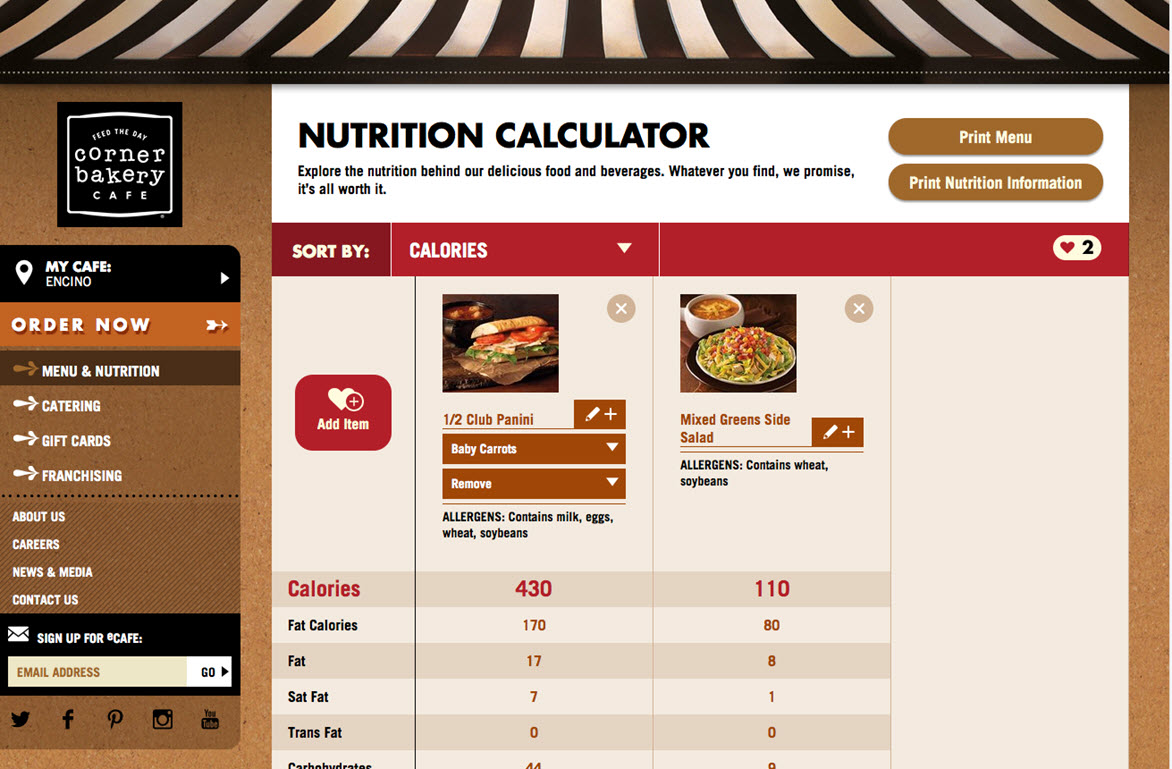Content Marketing: 9 examples of transparent marketing
I don’t normally read press releases.
Frankly, most are just spam that I’m constantly trying to remove my email addresses from. However, one recently written by Amanda Presley of MSR Communications caught my eye.
“February 12th is Abraham Lincoln’s birthday, and what better way to pay homage to ‘Honest Abe’ than by looking at all the ways marketers can be more upfront and transparent with customers?”
She went on to discuss how her client, Kentico, viewed content marketing.
“Transparent content marketing: It’s not enough to just sell anymore. You need to inform. [For example, Kentico customer] Corner Bakery makes it easy to get nutrition figures when ordering online.”
So in the spirit of Honest Abe, let’s take a look at a few examples of transparent marketing that Amanda dug up from around the Web, along with key takeaways I provided for each to help you put these lessons into practice.
Lesson #1. Customer complaints on social media networks = visible business intelligence
Key Takeaway: I feel for Verizon Wireless and other tech companies. Our expectations for always on, always working, always super quick technology must be hard to fulfill. Admittedly, I’m just as impatient and immediately blame the product instead of my own user error.
These complaints, even when unrealistic about technological capabilities, are business intelligence gold. Don’t hide your customer complaints. Do as Verizon Wireless does on its Twitter account – address them very publicly and show how you are using their feedback to improve your product.
We all make mistakes. Most customers are very forgiving if they feel they are being heard and their problems are being considered.
Lesson #2. Help customers help themselves
Customers want to eat healthier.
And take care of the environment.
 |
 |
Key Takeaway: There are no perfect choices in a free market. Life is a series of tradeoffs.
Help your customers make those tradeoffs to the betterment of themselves by showing the positives and negatives of the different products you offer, as Corner Bakery does with its nutrition calculator, Nike does with its Materials Sustainability Index and Patagonia does with The Footprint Chronicles.
“By being transparent with you, we can invite you into the conversation,” Rick Ridgeway, VP for Environmental Initiatives, Patagonia, told Fast Company’s Simon Mainwaring in an interview.
“Hyper-transparency is a must. It’s not something we should be afraid of; it’s something we welcome,” said Jim Hanna, Environmental Impact Director, Starbucks.
Bonus points when you let customers know why they should buy from a competitor instead of you, when it serves them better.










